The Ultimate Power Guide to Vertical Garden
Vertical garden, also known as vertical plant walls have become a popular garden trend, despite being one of the oldest gardening techniques. They offer a creative way to draw attention to specific areas or conceal unattractive views. This style of gardening is versatile and can be implemented in both indoor and outdoor settings. Whether you have limited space, live in an apartment, or require accessible gardening options, vertical garden are a practical solution. In this comprehensive guide, we will delve into the fundamentals of vertical gardening and provide additional details to help you get started.
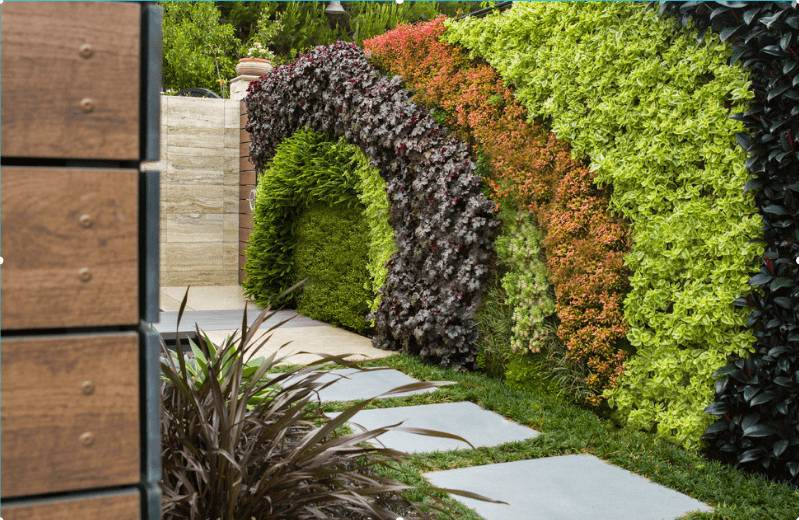
Fundamentals of Vertical gardening
Vertical gardening involves using structures or columnar trees to create distinct garden spaces or define hidden areas waiting to be discovered. By utilizing trellises attached to the ground or large containers, you can grow vines, flowers, and even vegetables in vertical garden pots, requiring significantly less space than traditional gardening methods.
Vertical gardening is particularly beneficial for apartment dwellers, urban gardeners with limited space, disabled gardeners, and those with expansive traditional gardens. Indoors, vertical garden can be created using small-stature houseplants, forming living walls that display a beautiful tapestry of colors and textures while filtering indoor air pollutants.
In colder climates with harsh winters, houseplants grown in vertical garden can provide much-needed humidity during months when indoor heating systems dry out the air. Living walls and vertical garden have become increasingly popular in hotels and office buildings, both indoors and outdoors. Although vertical garden may require more frequent watering, they contribute to better air circulation, enhancing the overall environment.
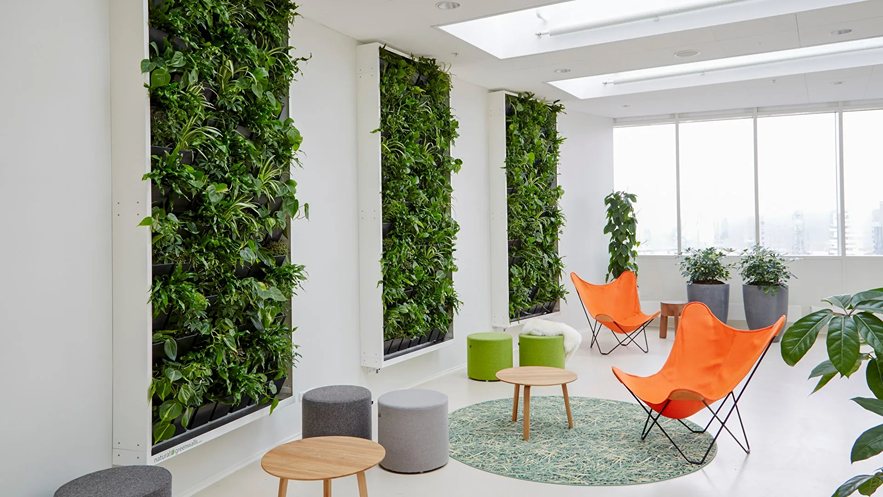
Vertical Plant Walls
Green walls represent another form of vertical garden design that has gained popularity in recent years. Some green walls are simply walls covered with climbing plants, while others utilize modular systems that allow plants to grow within the structures.
French botanist Patrick Blanc is credited as the pioneer of the green wall movement. His first project, completed in 1988, involved creating a green wall on the exterior of the Museum of Science and Industry in Paris. Since then, Blanc’s innovative designs have been installed worldwide, both indoors and outdoors. Blanc often refers to his projects as living paintings or vegetal walls.
Constructing a vertical plant wall using Blanc’s methods typically involves metal framing, a sheet of rigid plastic, and felt. The frame of the vertical plant wall can either be hung on a wall or stand alone. The rigid plastic, when attached to the frame, provides waterproofing for the wall. The plants’ roots grow within the felt, which evenly distributes water and fertilizer. The selection of plants depends on the available light and other growing conditions.
Certain plant wall systems include spaces for soilless potting mediums, enabling the growth of various plant types, along with irrigation systems. Apart from watering and fertilizing, vertical plant walls require additional maintenance, including pruning, dusting, weeding, and occasionally replacing plants. It’s important to note that vertical plant walls or gardens can be heavy, so consulting a structural expert is recommended to ensure the wall can support the load.
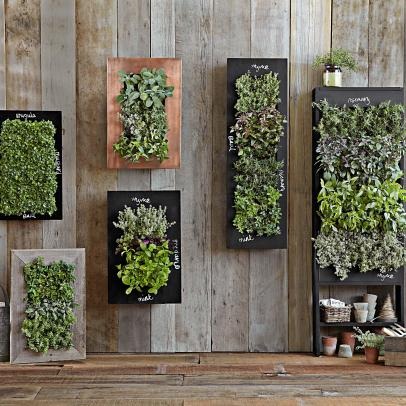
A wide range of plants can be used for vertical plant walls or gardens, with the choice depending on the available light conditions. Consider the following selections for traditional vertical planting:
1. Annual Vines
For lightweight climbing plants that flower annually, consider options like the black-eyed Susan vine (Thunbergia alata), cardinal climber (Ipomoea x multifida), cypress vine (Ipomoea quamoclit), moonflower (Ipomoea alba), scarlet runner bean (Phaseolus coccineus), and hyacinth bean (Dolichos lablab). These plants thrive in full sun.
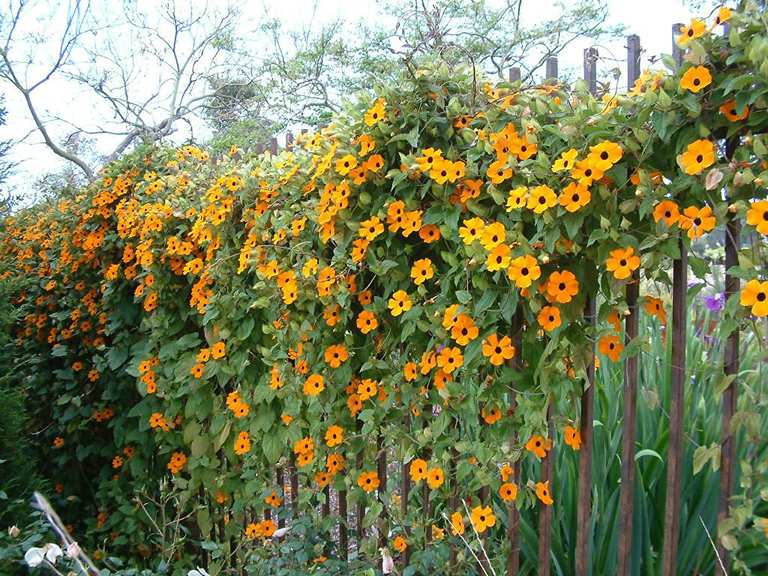
2. Perennial Vines
If you prefer perennial vines that are easy to grow vertically, consider clematis hybrids, American bittersweet (Celastrus scandens), and ivy (Hedera selections). These plants also prefer full sun, with clematis hybrids requiring sun for their flowers and shade for their roots.
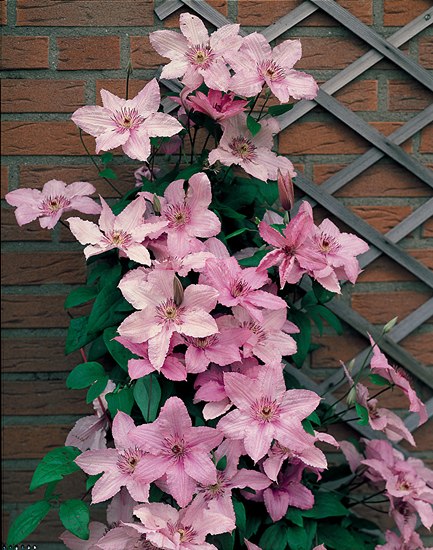
3. Vines for Shade
When creating a vertical garden in a shaded area, suitable vine choices include hardy kiwi (Actinidia kolomikta), chocolate vine (Akebia quinata), Dutchman’s pipe (Aristolochia macrophylla), and climbing hydrangea (Hydrangea petiolaris).
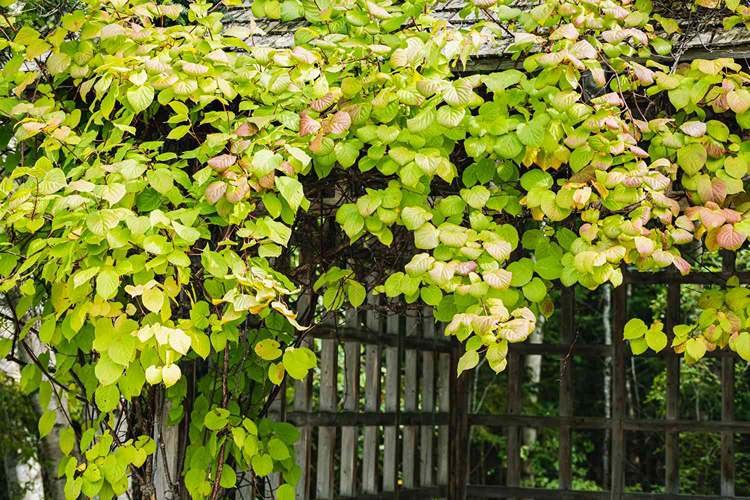
4. Edible Plants
Vertical planting is an excellent way to cultivate edibles. Consider fruiting vines like kiwi (Actinidia deliciosa), Siberian gooseberries (Actinidia arguta), vining nasturtiums for edible flowers, as well as vertical garden vegetables such as peas, squash, tomatoes, and pole beans.
5. Columnar Plants
Columnar plants add visual interest to vertical garden. Many of these plants can be grown without additional support structures. Examples include columnar apple trees, arborvitae (Thuja occidentalis), junipers (Juniperus scopulorum), and Lombardy poplars (Populus nigra).
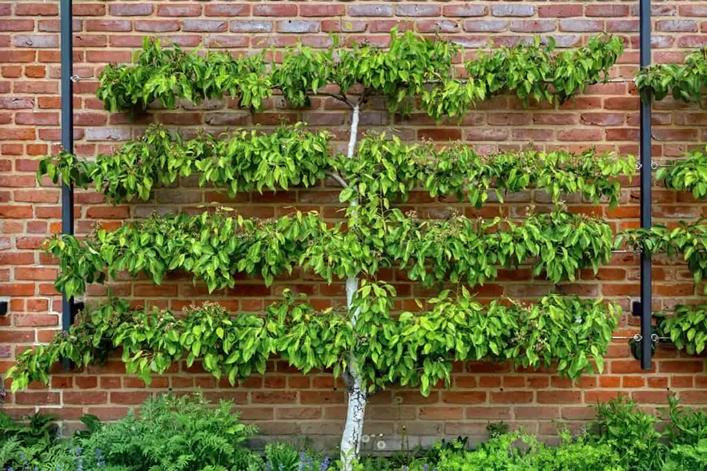
Vertical Gardening Considerations
When implementing vertical gardening outdoors, several factors should be considered:
Anchoring Structures
Before planting, securely anchor your vertical gardening structure in place to avoid disturbing the roots or stems of the plants. For heavier or more demanding plants, choose sturdier structures to support their growth.
Shadow Casting
Tall plants or structures can cast shadows on the vertical garden, affecting the growth patterns of nearby plants. Consider this when arranging your garden layout.
Attachment Methods
Different plants have varying growth habits. Some plants, like climbing roses, need to be physically attached to structures, while others, such as morning glories, naturally twine and loop around trellis openings.
Increased Watering and Fertilizing
Plants grown in a vertical garden may require more frequent watering and fertilizing due to their increased exposure to light and wind.
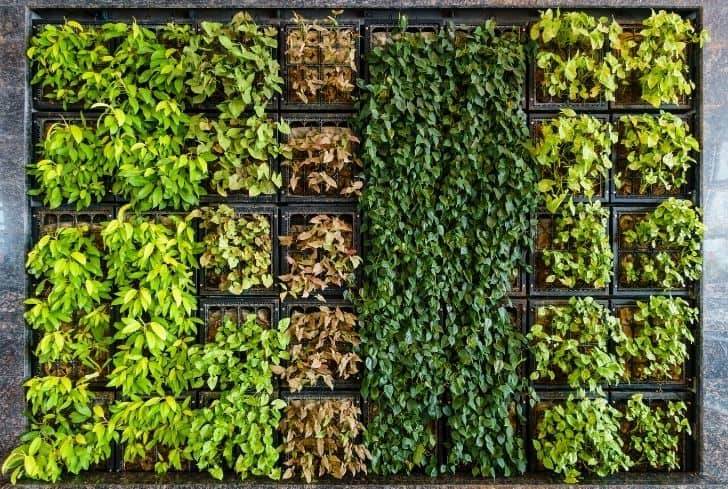
Vertical Herb Gardening
Maximize your planting space by growing a diverse herb garden, even in a small area. Vertical herb gardening involves growing herbs in a vertical manner, utilizing shelving, wall hangers, or hanging mechanisms to provide individual pots with a designated space that stays out of the way.
Vertical Garden Structures
Various structures, such as fences, arbors, trellises, tuteurs, obelisks, and hanging baskets, serve as excellent supports for vertical garden plants. Hanging baskets, in particular, contribute to the vertical aspect of gardening by breaking the horizontal plane. To simplify watering, you can attach a drip irrigation system, and for easier access to hanging baskets, consider incorporating a rope-and-pulley system.
If you have existing structures like sheds or garages, placing a trellis in front of one of the walls allow vertical garden plants to grow with support while preventing damage to the wall. Ensure there is sufficient space between the trellis and the wall to facilitate air circulation.



